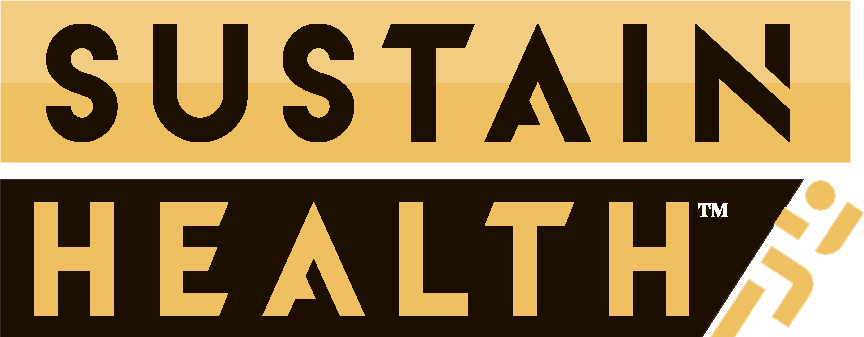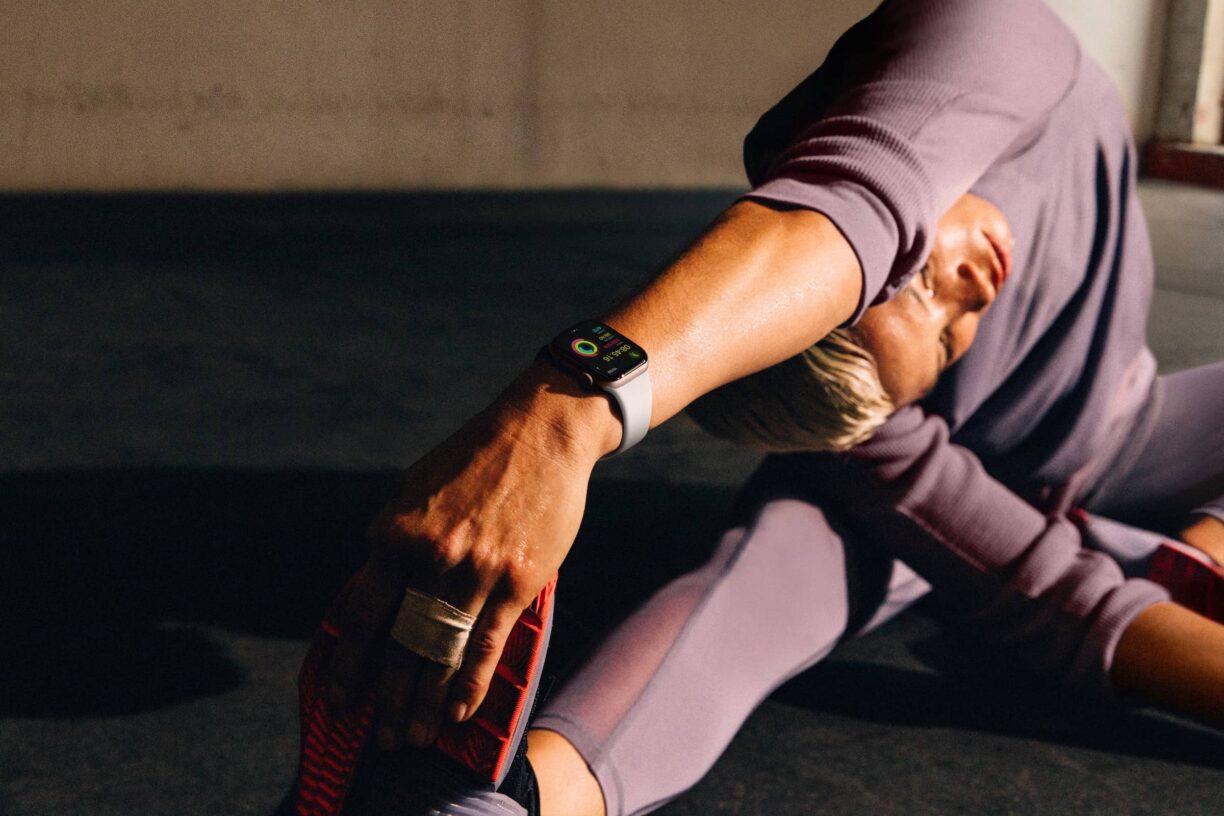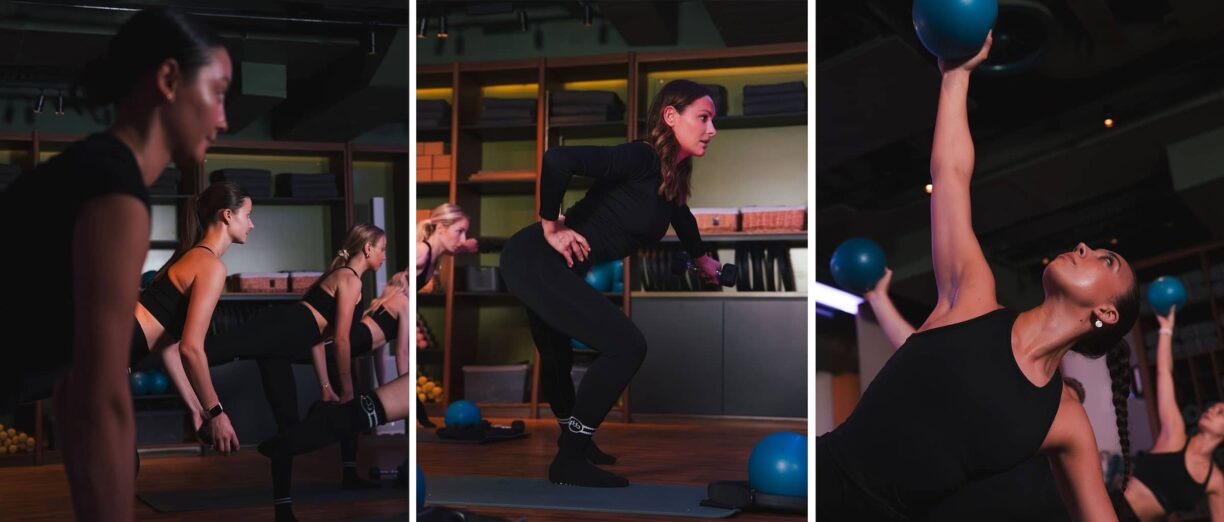Festival season is upon us, with many people eager to set up camp, make the most of the music and dance the day away, be it at Glastonbury, Reading and Leeds, Download or one of the many other festivals taking place across the summer months.
However, as many festival goers will know, while dancing all day in the sun (and rain!) is a great way to spend a weekend, it’s also quite taxing on the body.
Days spent standing in a crowd, and nights spent on a hard tent floor can leave festival-goers with a sore back, feet and overall aches and pains (as well as a big hangover!).
With previous research revealing that attending a single concert can be exhausting, a multi-day festival is certain to take its toll.
This year, PureGym are here to ensure no festival goer suffers, as there are plenty of ways that you can prepare your body ahead of a big weekend to help reduce the impact of being on your feet all day and keep you feeling as fresh as possible from day one, to the final act.
I spoke to PureGym fitness experts Denzil Bentley, Personal Trainer at PureGym Ashford Warren and Ray Marshall, Assistant Personal Trainer and General Manager at PureGym London to get their expert insight on the best workouts to get festival-ready, as well as some techniques to reduce the aches and pains if they do strike.
How Long Do I Have To Prep?
Festival season is coming around quickly, but any preparation that can be done ahead of the big weekend is better than none – but as always, the more workouts you can complete, the more fitness you’ll have banked.
6-12 weeks is the ideal timescale to use when training for any event as you’ll see noticeable improvements in this time, but the earlier you start the more you’ll progress.
However, even two weeks of workouts will help to improve stamina if you’re short on time.
What Sort Of Workouts Should I Be Doing?
The beauty of festivals is that they offer something for everyone – whether you’re someone who wants to have your dancing shoes on from dusk ‘til dawn, float around the campsite meeting new people, or seek out a spot to relax and take it all in, such as at Glastonbury’s famous Stone Circle.
It’s always a good idea to work out how you’re likely to spend the festival, so you can prepare your body accordingly.
For simplicity, you can look at these categories for a bit of inspiration, and the types of prep you could be doing to combat any festival fatigue:
- The Music Maven – the type of festivalgoer that likes to make the most of the music, dancing all night long. In this case, doing more cardio training in the run up to the festival will help to maximise endurance, and increase time spent on feet, to reduce those aches and pains. Why not train to the music of the bands you’re likely to see too, to help get used to the intensity of the beat?
- The Social Butterfly – floating around between social groups can be exhausting, so why not give interval workouts a try, to improve your stamina and help boost your energy levels?
- The Chill Seeker – there are always moments of peace, even within the busiest festivals, and sitting on the ground isn’t always the most comfortable either. Practicing yoga will help to prepare for both of these things, by improving mobility and also giving you the skills of mindfulness to zone out when you need to.
- The Adventure Junkie – from ziplines to crowd surfing, there are always high-adrenaline activities on offer at festivals – HIIT workouts are perfect to prepare for these, as they’ll help your body to thrive under stress.
Denzil also recommends adding in an ‘accumulator workout’ to your training in the run up to the events: “This workout builds full body strength, stamina and endurance that will help you to battle through long walks, queues, and full days of dancing.
The workout can be done without equipment, or with a dumbbell or barbell for added intensity – meaning you can do it at home, as well as at the gym. Remember to warm up and cool down before and after each workout too!
“The workout increases in intensity each round, with a new exercise added each round, so you’ll be doing every exercise in sequence by the end.
To complete the workout, do 10-20 reps per exercise, followed by a 15-second break at the end of the round once all exercises in the set are completed.”
- Squats
- Squats, push-ups
- Squats, push-ups, crunches
- Squats, push-ups, crunches, lunges
- Squats, push-ups, crunches, lunges, push-up jacks
- Squats, push-ups, crunches, lunges, push-up jacks, leg darts
- Squats, push-ups, crunches, lunges, push-up jacks, leg darts, step-ups
- Squats, push-ups, crunches, lunges, push-up jacks, leg darts, step-ups, tricep dips
- Squats, push-ups, crunches, lunges, push-up jacks, leg darts, step-ups, tricep dips, circular mountain climbers
- Squats, push-ups, crunches, lunges, push-up jacks, leg darts, step-ups, tricep dips, circular mountain climbers
How Can I Ease My Aches and Pains?
Even when training before, some people may still experience a few aches and pains. The back is one of the more common areas where people will experience soreness, with thousands experiencing ‘Glasto Back’ each year, so Ray recommends the supine twist as a simple stretch that can provide relief:
“The supine twist is a nice easy stretch that can be done in your tent before you go to sleep, or first thing in the morning before heading out for the day. It’s a great lower back exercise that will help ease off any tightness.
To do the twist, follow these steps:
- Lie on your back, legs outstretched and arms in a ‘T’ shape
- Breathe in and bring your right knee to your chest, placing your left hand onto the knee
- Breathe out while gently pulling your knee across your body towards the floor, while keeping your right arm and shoulder flat against it
- Hold for 30 seconds and repeat on the other side
“While doing this stretch it’s normal to hear a bit of clicking, but this is absolutely fine – as long as there’s no pain, hold the stretch for as long and deep as feels good for you.”
With good preparation before the big weekend and having a few techniques such as these stretches in case you do feel a bit achy the next morning, you should hopefully feel like you’re able to push through and have a true weekend to remember!
If you’d like to try a different festival-prep workout or find out more about how you can use mindfulness to help battle against hangover symptoms, take a look at PureGym’s full festival workout plan for more tips from Denzil and Ray.





